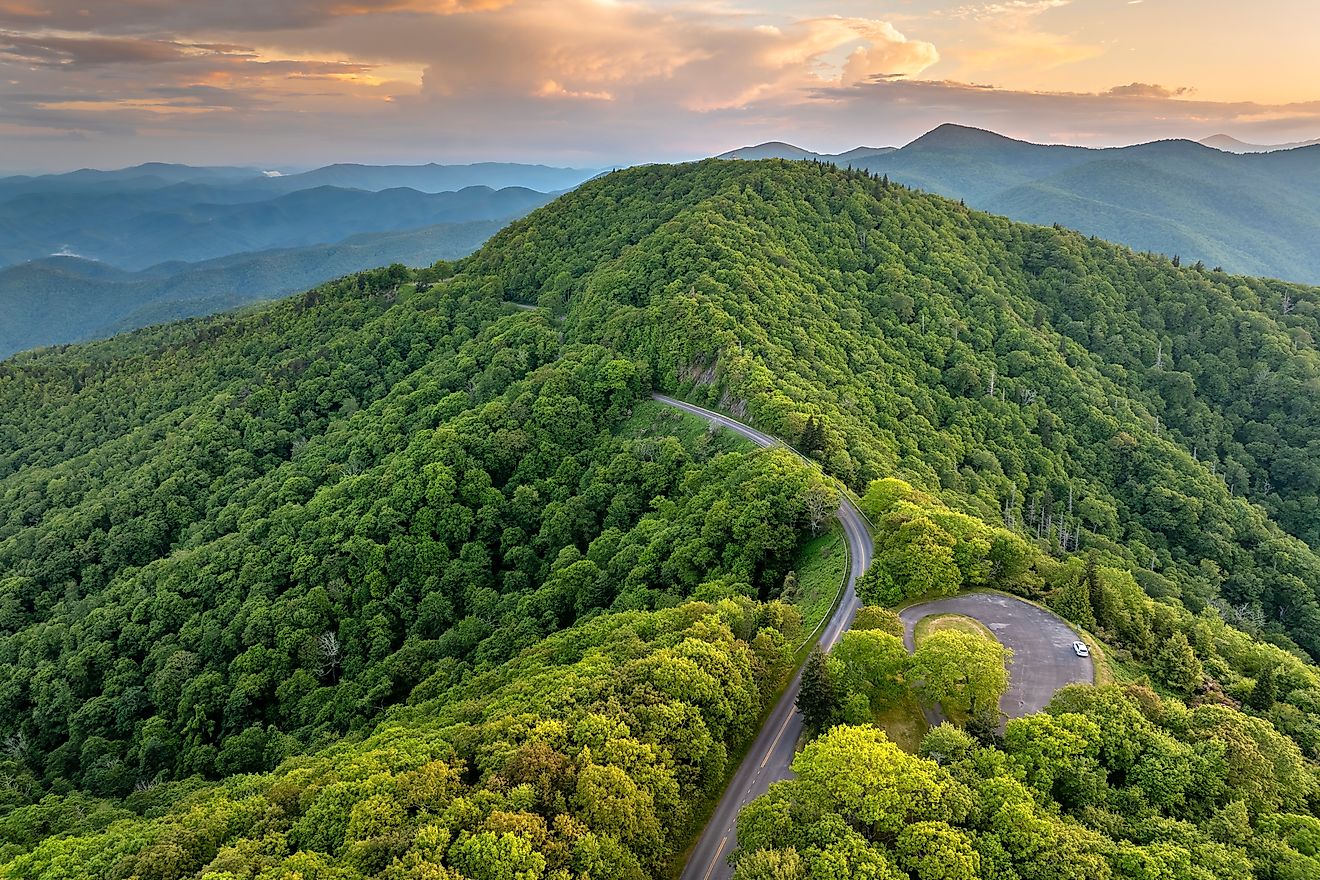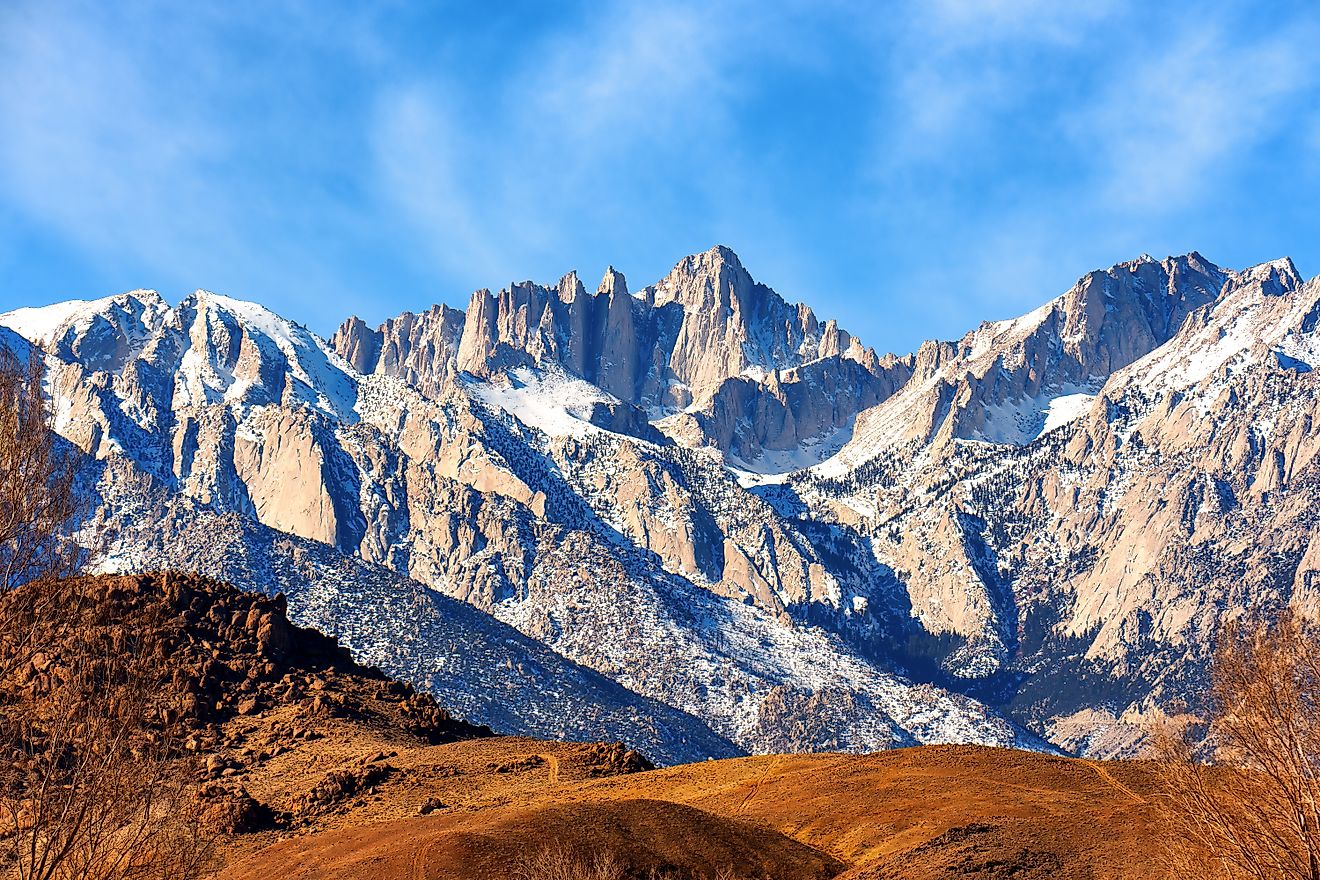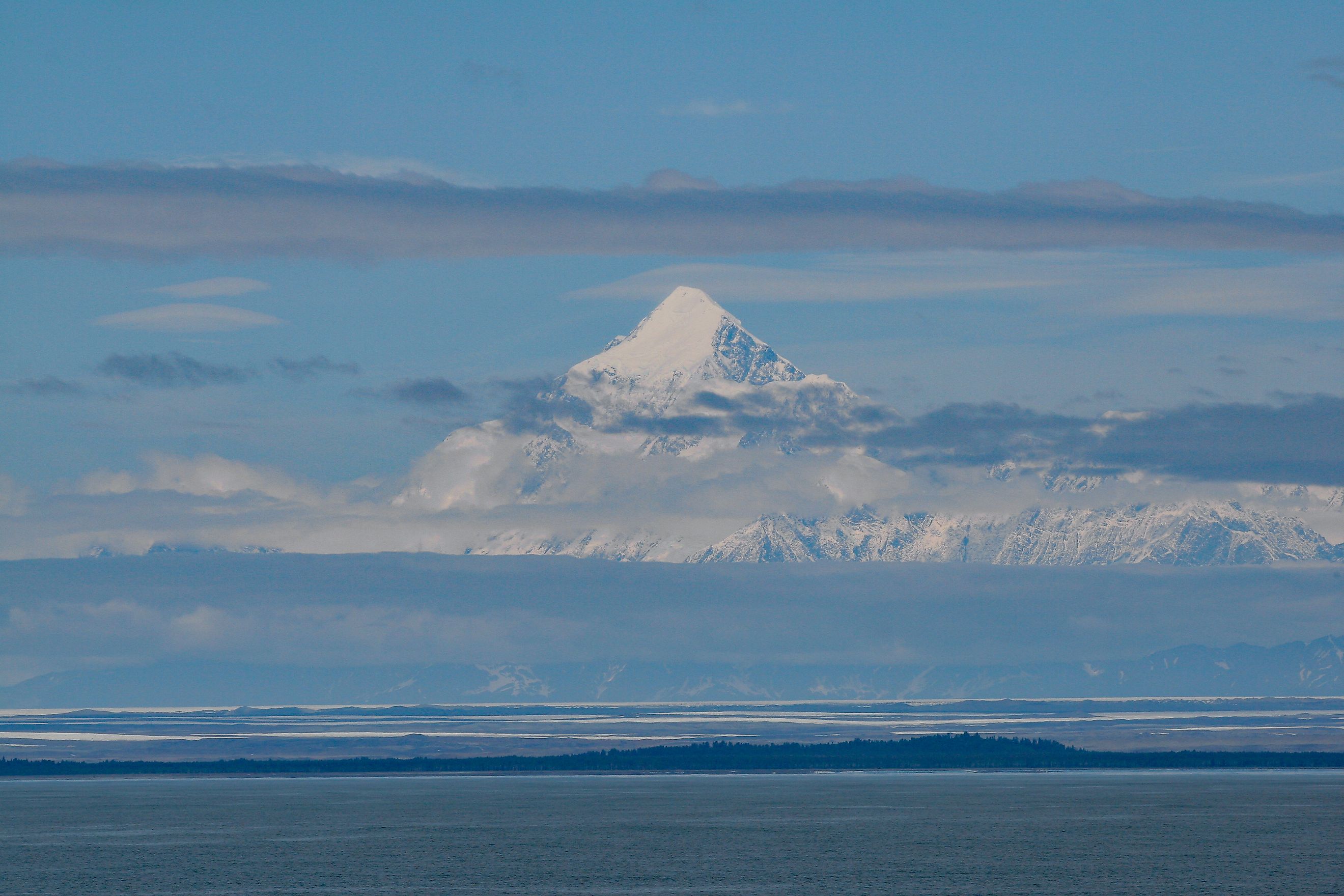
Mount Saint Elias
Mount Saint Elias rises from the icy waters of Alaska’s southern coast like a colossal sentinel, watching over the wilderness that surrounds it. With an elevation of 18,008 feet, this glaciated giant stands as the second-highest mountain in the United States and Canada, and the fourth-highest in North America. Its sharp, snow-covered slopes pierce the sky near Icy Bay in Wrangell-St. Elias National Park and Preserve, where it dominates both the landscape and the imagination of those who live in its shadow.
But Mount Saint Elias is more than a geographical marvel. For the Tlingit people, it is a sacred place, full of life, spirit, and ancestral memory. Known to the Tlingit as Was’eitushaa, meaning "mountain at the head of Icy Bay" or "mountain inland of Was'ei," this peak holds profound cultural and spiritual significance that stretches far beyond its physical height.
A Sacred Mountain with Deep Roots
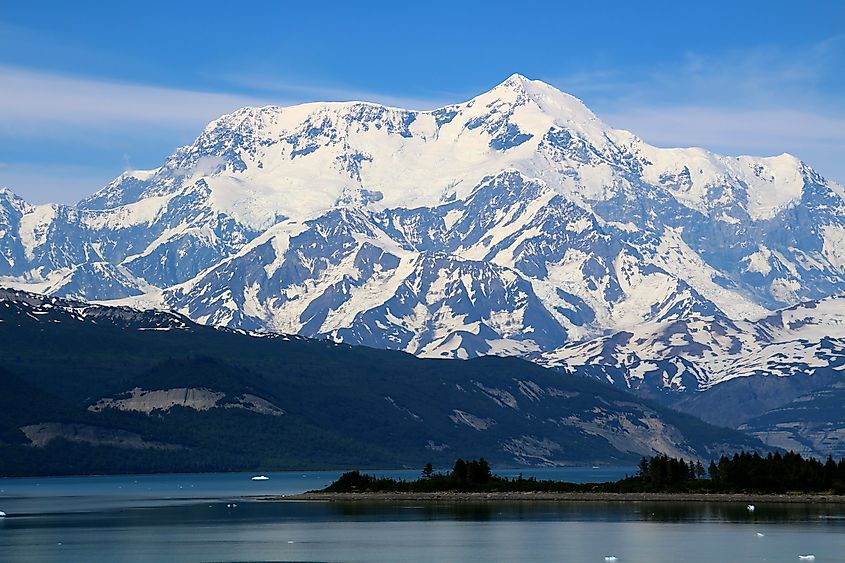
Mount Saint Elias lies within the traditional lands of the Tlingit people, specifically the K’ineix̱ Kwaan clan. To them, this mountain is not merely a formation of rock and snow. It is a living being with its own will, its own wisdom, and its own place within the moral and spiritual order of the world.
According to Tlingit oral history, Was’eitushaa is a male spirit, strong and intelligent. Like many sacred natural elements, the mountain demands respect and careful behavior. When people approach, they are expected to offer tobacco and speak quietly, acknowledging the presence of a powerful force.
The surrounding landscape also holds similar reverence. Hubbard Glacier, located nearby, is believed to be another male spirit with a keen awareness of human activity. Elders say that he can hear what people are saying and respond to them, which is why proper conduct in these areas is not only cultural but spiritual in nature.
Tlingit Stories and Migration
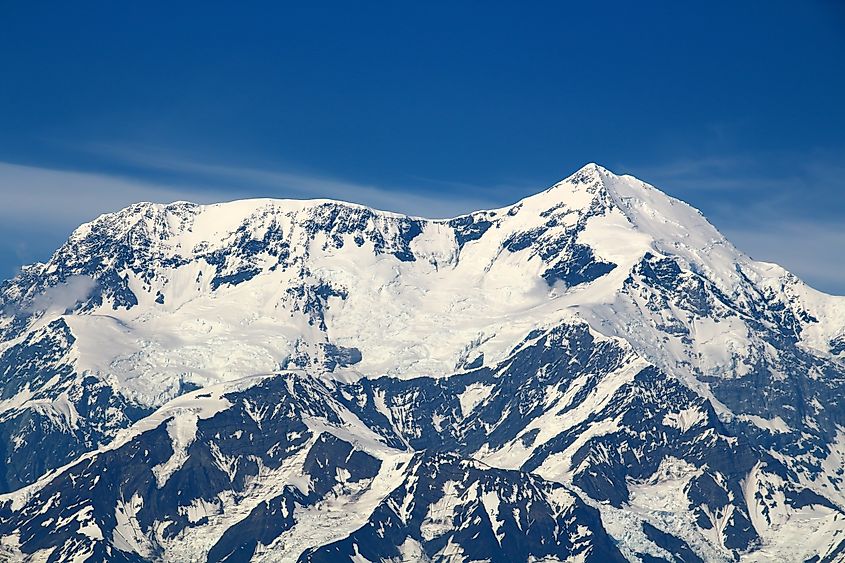
The mountain plays a central role in Tlingit migration narratives. One of the most powerful accounts comes from a story collected by anthropologist Frederica de Laguna in the mid-20th century. In it, a group of people originally from Chitina on the Copper River journeyed across the rugged interior of Alaska after a conflict over the inheritance of a ceremonial dish. The son who did not receive the dish led a migration into unknown lands, heading toward the coast.
Their journey was fraught with hardship. As they crossed glaciers and ice fields, many died. The group became lost in thick fog on the Bagley Ice Field and eventually split in two. One part reached the mouth of the Copper River. The other, including the ancestors of the K’ineix̱ Kwaan, made their way across the ice and down the flank of Mount Saint Elias.
At one point, starving and exhausted, the group saw what appeared to be a rabbit in the distance. They walked for two days, only to discover that it was not a rabbit at all, but the summit of a distant mountain. That mountain was Saint Elias. To the travelers, it served as a compass, guiding them toward a new life along the coast. When they finally reached Icy Bay, they built their first lineage house and named it Mountain House, a tribute to the mountain that had led them there.
A Mountain That Watches the Weather
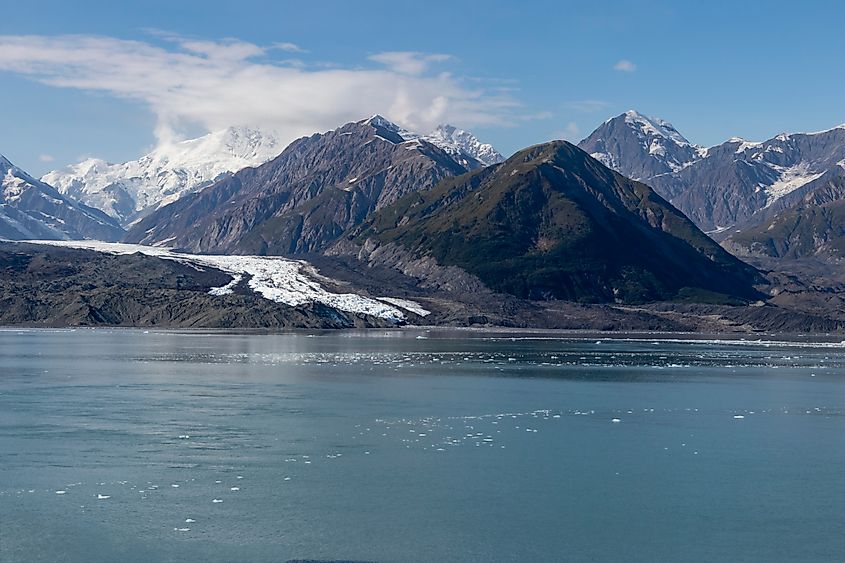
Mount Saint Elias does more than inspire stories. It has long been used by Indigenous people as a way to forecast the weather. Elders say that when the mountain wears a hat—a flat cloud streaming from its summit—it signals a coming storm. When the clouds trail off to the side, it means fair weather is on the way.
These observations are more than folk wisdom. They represent generations of lived experience and survival in an environment where the weather can shift from calm to deadly in minutes. Knowing when to travel, when to stay put, and when to prepare for rough conditions has always been critical for life along Alaska’s coast.
A love song composed during the 1931 Alaska Native Brotherhood Convention in Yakutat offers poetic evidence of the mountain’s impact on local life. The lyrics, translated roughly by Judith Ramos and Elaine Abraham, express joy when the mountain reveals itself from behind the clouds. In that moment, it is as if Mount Saint Elias is smiling down, bringing happiness to the people below.
The European Name and First Sightings
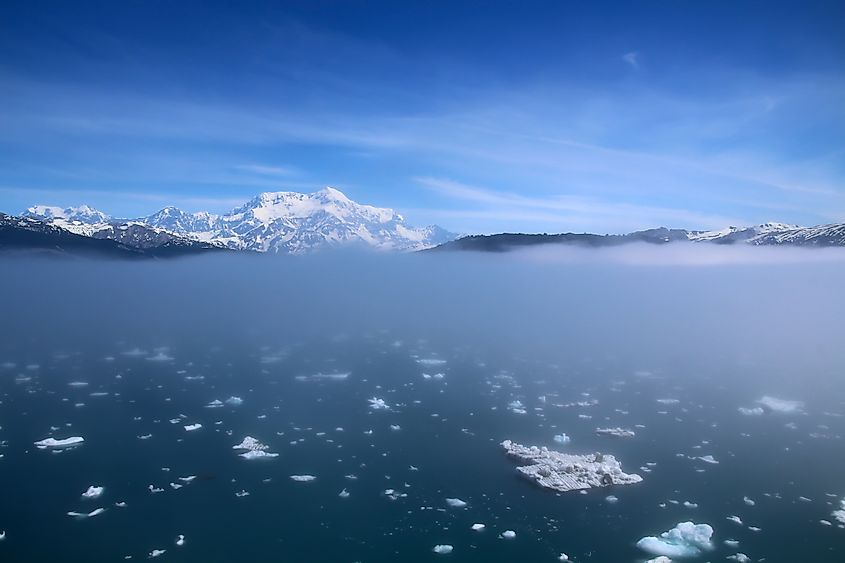
While the Tlingit have known and revered the mountain for centuries, it received its English name from a different kind of explorer. In 1741, Russian navigator Vitus Bering sighted the coastal range and named a point of land after Saint Elias, whose feast day falls on July 20. Over time, this name became associated with the nearby mountain, eventually becoming its official designation in maps and surveys.
Despite its visibility from the ocean and the significance it held for mariners, Mount Saint Elias was not summited until July 31, 1897. The first successful ascent was made by a team led by the Italian Duke of the Abruzzi and included several climbers and scientists. They reached the summit after enduring storms, avalanches, and bitter cold, documenting both the challenge of the climb and the extraordinary features of the mountain’s glacial terrain.
A Cornerstone of Wrangell-St. Elias National Park

Mount Saint Elias is located within Wrangell-St. Elias National Park and Preserve, the largest national park in the United States. Covering more than 13 million acres, this vast wilderness contains some of the highest mountains, longest glaciers, and wildest rivers in North America. The park is also part of a UNESCO World Heritage Site shared with Canada’s Kluane National Park, which includes the adjoining Canadian portion of the Saint Elias Mountains.
Visitors to Wrangell-St. Elias are often awed by the sheer scale of the landscape. While most will never climb Mount Saint Elias itself, the mountain looms in the background as a constant reminder of the power and beauty of the natural world. The area offers a wide range of outdoor activities including mountaineering, glacier trekking, rafting, and wildlife viewing.
The park also works closely with local Alaska Native communities to preserve cultural connections to the land. This includes respecting traditional knowledge, maintaining subsistence rights, and recognizing the sacred places that lie within park boundaries.
A Mountain That Stands for More Than Height
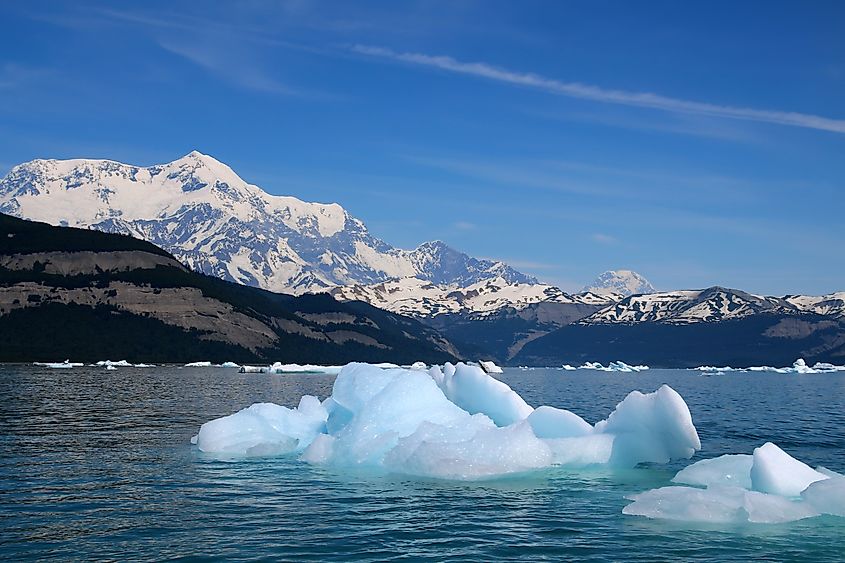
Mount Saint Elias is not the tallest mountain in the United States, that distinction belongs to Denali (which rises to 20,310 feet), but it holds a different kind of power. To the people of Yakutat and the K’ineix̱ Kwaan, the mountain is a living presence, a sacred being that communicates through weather, protects those who show it respect, and carries the memory of a migration that shaped their identity.
Its importance is reflected in regalia, in songs, and in clan names. One sub-lineage of the K’ineix̱ Kwaan is even named Mountain House, continuing the legacy of their ancestors who first arrived at Icy Bay under the guidance of the mountain.
Where the Mountain Still Speaks
Mount Saint Elias rises sharply from the sea, a vast monolith of ice, rock, and cultural meaning. It is a physical landmark, a spiritual entity, a weather guide, and a cornerstone of Tlingit history. Whether seen from the air, the ocean, or the surrounding glaciers, its presence is commanding. But for those who know its deeper story, it is more than majestic. It is sacred.
In a world where the natural and spiritual often seem separated, Mount Saint Elias remains a place where the two are inseparable. It continues to stand watch, just as it has for centuries, reminding all who encounter it that the land holds stories far older than maps, and meanings far deeper than measurements.
